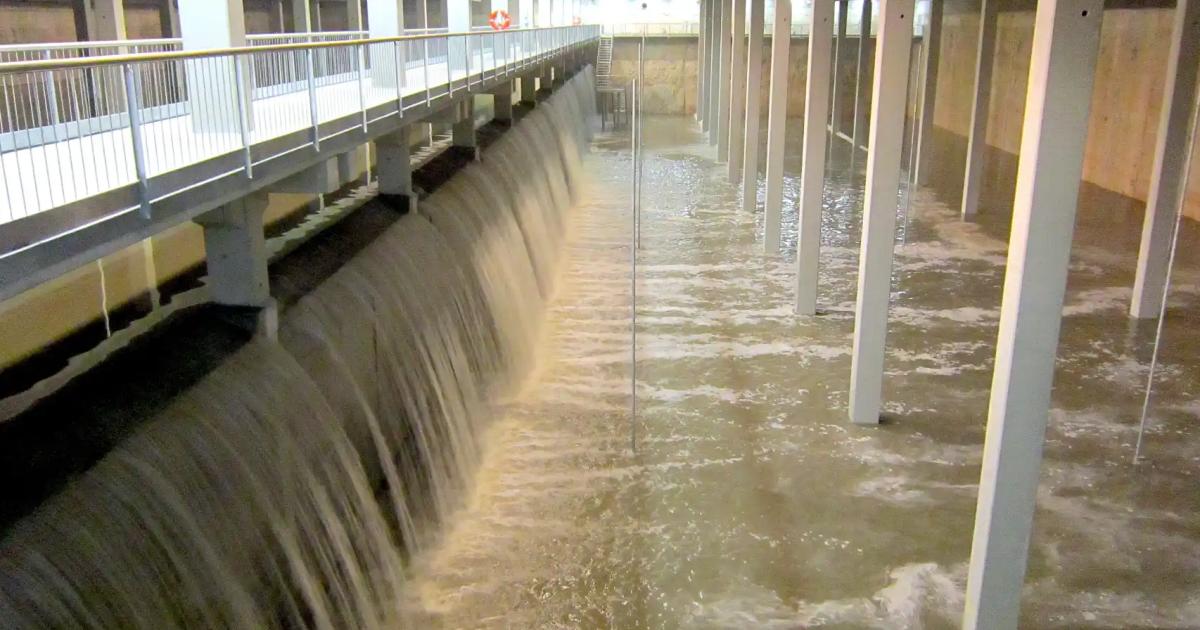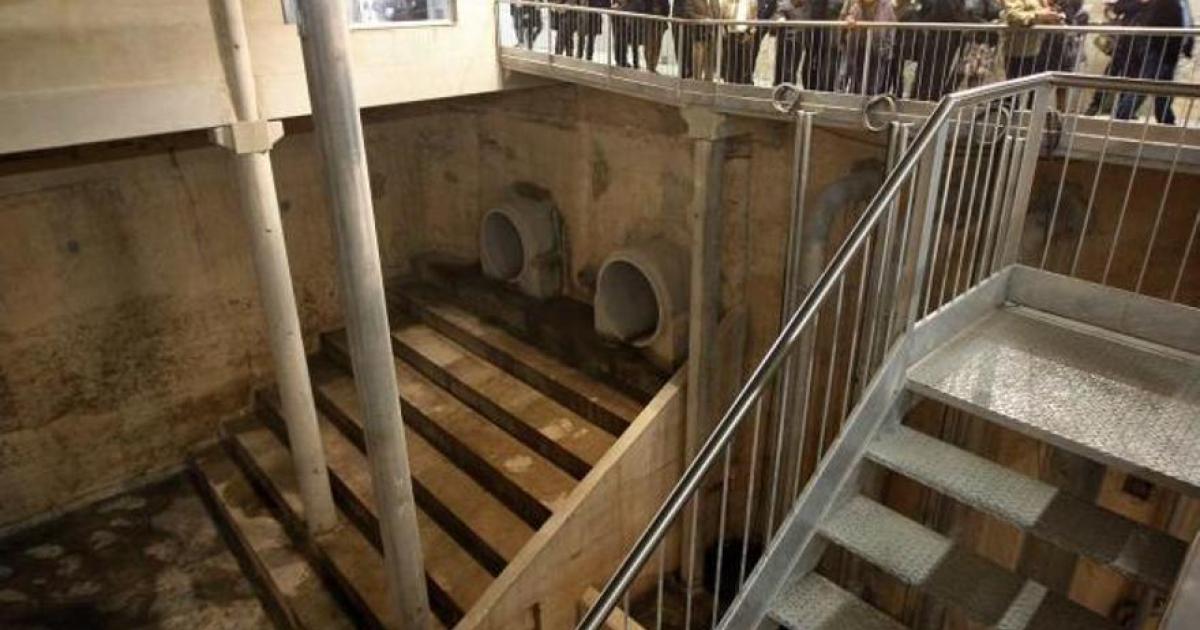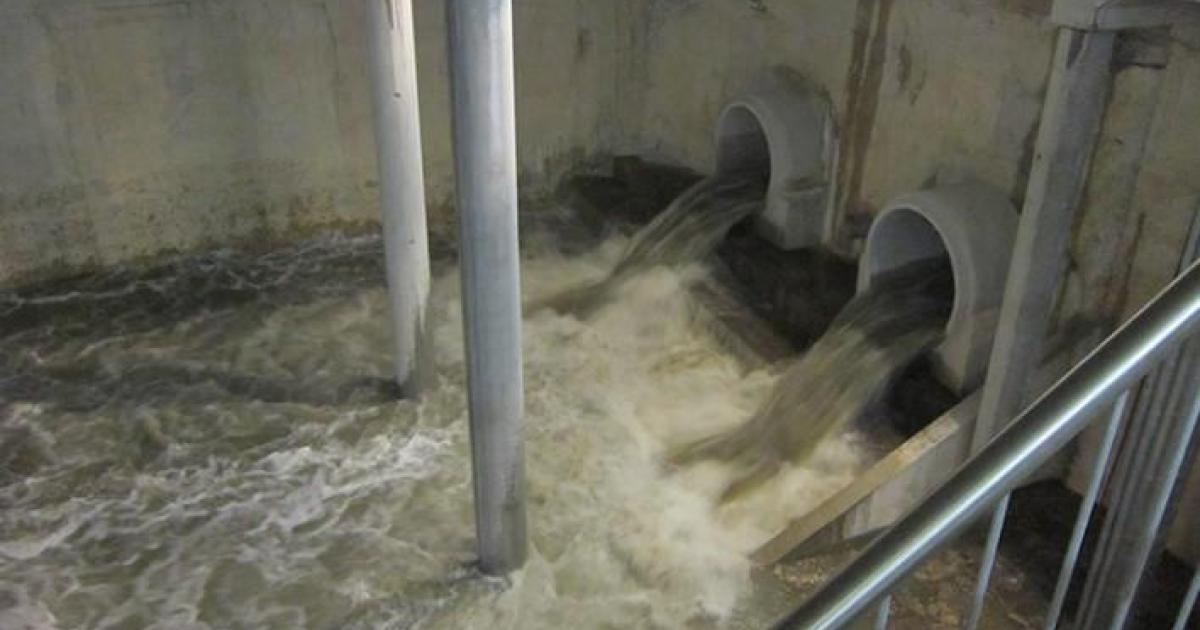
Stormwater reservoirs in Alicante: key infrastructure to prevent flooding
Joaquín Marco, Aguas de Alicante's director of operations, explains that the city has two types of reservoirs with specific functions: one prevents flooding, while the other aims to control pollution.
The stormwater reservoir at La Marjal Park, located on San Juan Beach, also serves a recreational function as an outdoor park. It acts as a safety system that activates when rainfall exceeds the capacity of drainage systems. The reservoir collects excess water, preventing the streets from reaching critical levels. Opened in 2015, La Marjal is capable of holding up to 45 million liters of water, although maximum enrollment so far has been 5 million liters in 2019 and 25 million in 2021".


Access to the park is temporarily closed when it is anticipated to be needed to operate as a reservoir. Due to its design and effectiveness, the project received an award from the Ministry of Environment and was recognized as an innovative model in Europe. In Spain, work is already underway on replicas based on the concept.
In contrast, the underground reservoir in the San Gabriel district, with a capacity of 60 million liters, is equally impressive, although its main purpose is to prevent sewage and sea pollution. The reservoir, opened in 2011, has gained a nicknamed the "cathedral of water" because of its huge columns and the vast space it often fills during heavy rainfall. On Tuesday, the reservoir reached its maximum capacity, acting as a barrier to prevent polluted storm water from flowing freely into the drainage system.
The success of these reservoirs has contributed to the construction of four more at various points around the city (Cocó, Atalayas, Palmeral and Teulada), the construction of which is being funded by the European Union. Marco stresses the importance of carefully planning these infrastructures for the long term, to be included in the new General Land Use Plan, with an eye on the city's future for the next fifty or a hundred years.
Author: Miquel Herrandis - El Español







